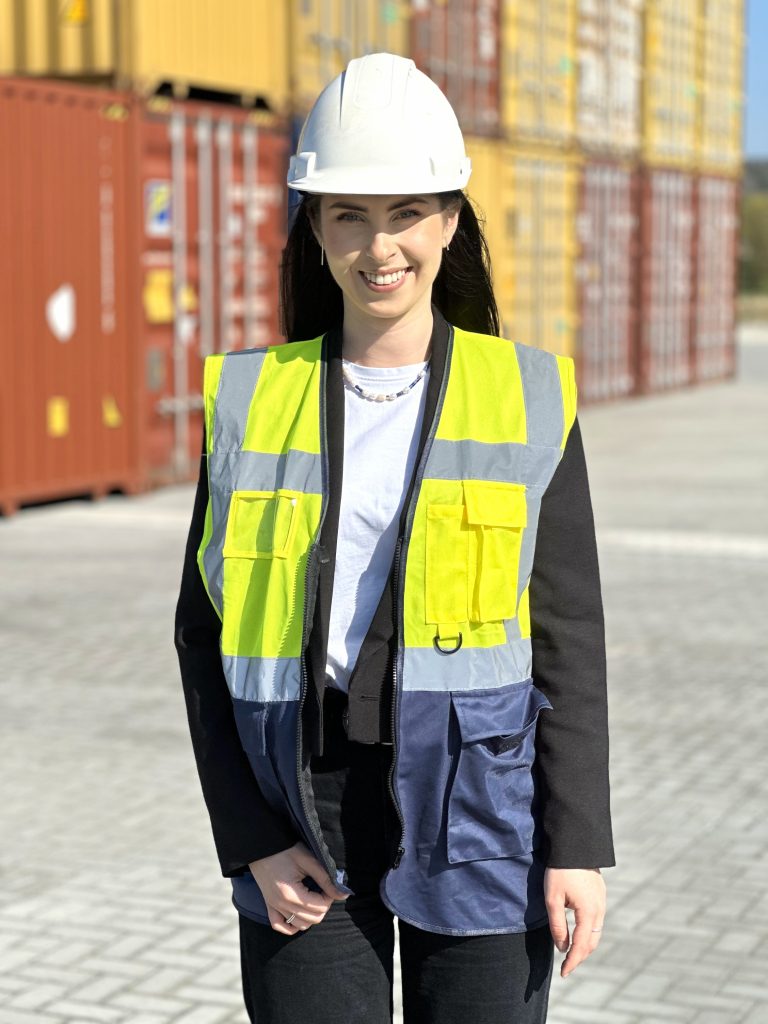The Port of Kaunas, located in the Marvelė district, serves as Lithuania’s primary inland river port along the Nemunas River, strategically linking the industrial hub of Kaunas to the Baltic Sea via the Port of Klaipėda. The port is designed to handle over 1.2 million tonnes of cargo per navigation season (typically exceeding 200 days) and is equipped with modern facilities to ensure efficient cargo handling and storage operations.
The port plays a pivotal role in transporting heavy and oversized cargo, offering a more sustainable alternative to road transport by utilising Lithuania’s inland waterway system. The Port of Kaunas is owned and operated by the Lithuanian Inland Waterways Authority (LIWA) — or Vidaus Vandens Kelių Direkcija (VVKD) in Lithuanian — the national body responsible for overseeing and advancing inland waterway infrastructure across the country.
LIWA, a state-owned company operating both port facilities and barges, actively collaborated with us in the GRIP-ESMS initiative. Through this partnership, LIWA contributed valuable operational insights while also receiving tailored input from the GRIP-ESMS framework. This exchange supported the formulation of concrete opportunities for operational and environmental improvement. For this interview, we spoke with Meda Dyfartaitė, who is the coordinator for strategy planning and sustainability in the port.
1. What are the environmental and sustainability objectives for the port of Kaunas – LIWA?
The environmental and sustainability challenges at LIWA Port include reducing CO2 emissions. As a result, we have set a target in our corporate strategy to reduce CO2 emissions. To achieve this goal, we are currently trying to maximise our cargo transport and operate the fullest possible vessels to minimise CO2 emissions for every tonne-kilometre transported. Our company is also actively looking for sustainable solutions to help make cargo transportation more environmentally friendly. To achieve this goal, we are currently implementing a project to procure an electric vessel and an electric crane for port operations.

2. What major challenges do you need to overcome to achieve your environmental and sustainability objectives?
The main challenge is reducing CO2 emissions. In some cases, the challenge is to find a solution to achieve this goal. To achieve this goal requires significant investment and resources, both financially and in terms of human capital.
3. What should a future-proof environmental or quality management system include to help the Kaunas-LIWA boost energy efficiency and support sustainable development?
This system should help ports to clearly assess not only their emissions, but also the types and activities that produce the highest emissions. This would allow port authorities to make decisions that help them to use energy efficiently and move towards more environmentally friendly solutions.
